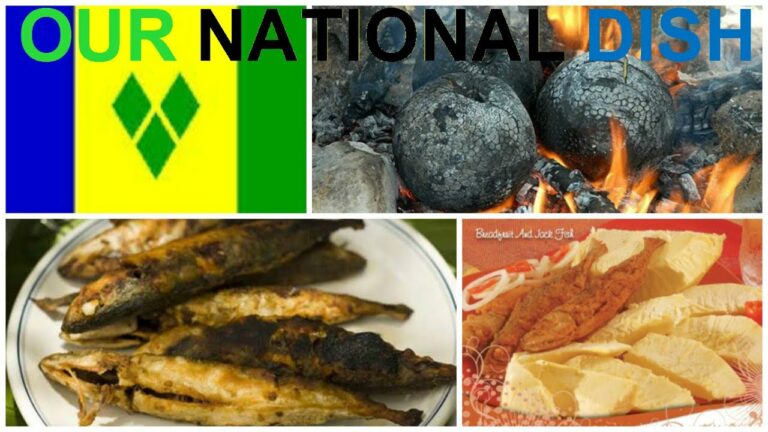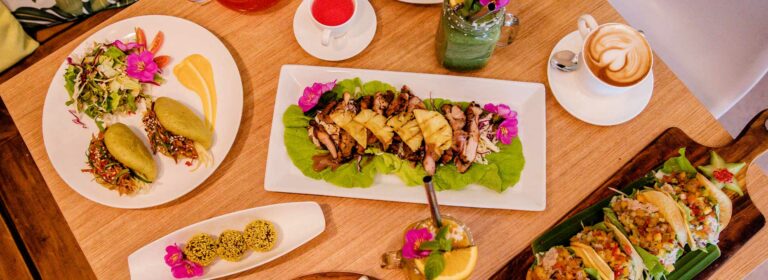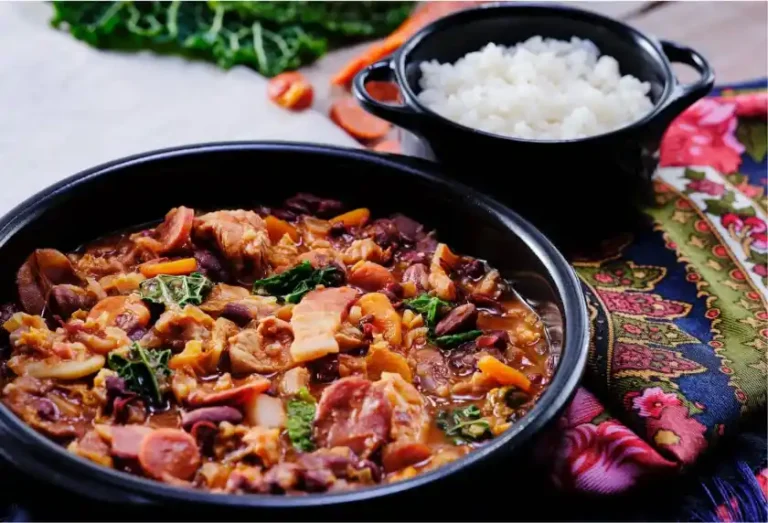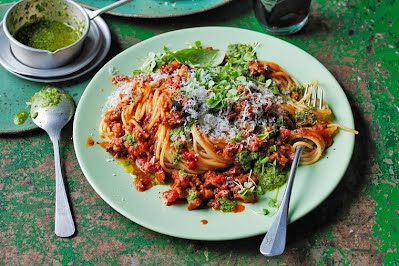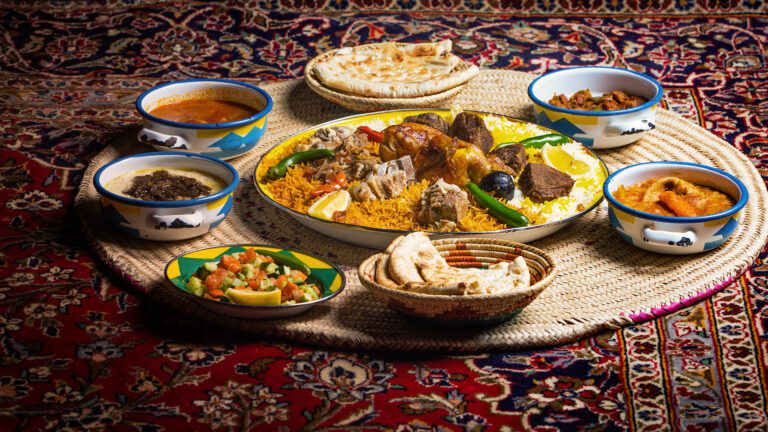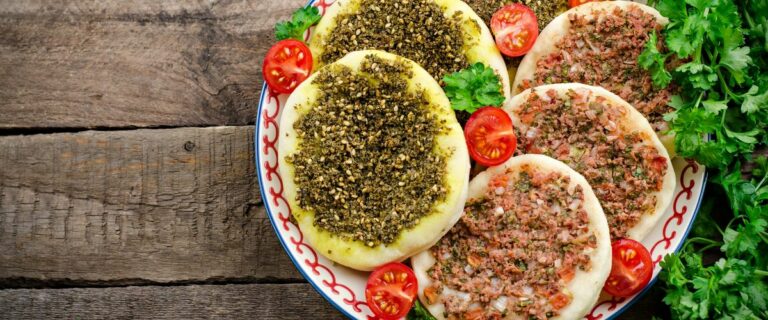Introduction: Saint Vincent and the Grenadines’ Culinary Heritage
Saint Vincent and the Grenadines is a small island nation located in the Caribbean Sea. The country is known for its beautiful beaches, lush rainforests, and vibrant culture. Saint Vincent and the Grenadines’ culinary heritage is also an essential aspect of the country’s culture. The cuisine of Saint Vincent and the Grenadines is a blend of African, European and indigenous flavors. The traditional dishes of the country reflect this diverse culinary heritage.
Callaloo Soup: A Traditional Dish with West African Roots
One of the most popular traditional dishes from Saint Vincent and the Grenadines is Callaloo soup. This thick and hearty soup is a staple in the Caribbean cuisine and has its roots in West Africa. The dish is made with a leafy green vegetable called callaloo, which is similar to spinach. Other ingredients include okra, coconut milk, and various seasonings. The soup is usually served with rice and a piece of fried fish or chicken.
Coconut Bread: A Sweet Treat with Carribean Flavors
Coconut bread is a sweet and delicious treat that has been enjoyed in Saint Vincent and the Grenadines for generations. The bread is made with coconut milk and shredded coconut, giving it a distinct Caribbean flavor. The bread is usually sweetened with brown sugar and flavored with vanilla and nutmeg. Coconut bread is often eaten as a snack or paired with tea or coffee.
Fried Jackfish: A Popular Seafood Delicacy
Fried Jackfish is a popular seafood delicacy in Saint Vincent and the Grenadines. The dish is made by frying the fish in a mixture of flour, salt, and various spices. The crispy golden-brown fish is usually served with a side of fried plantains or cassava. Fried Jackfish is a delicious and flavorful way to experience the fresh seafood that Saint Vincent and the Grenadines has to offer.
Breadfruit and Saltfish: A National Dish with Rich History
Breadfruit and saltfish is a national dish of Saint Vincent and the Grenadines with a long history. The dish is made by boiling breadfruit (a starchy tropical fruit) and serving it alongside salted codfish. The meal is often accompanied by a flavorful sauce made from onions, peppers, and tomatoes. Breadfruit and saltfish is a hearty and filling dish that is enjoyed by locals and visitors alike.
Cassava Pone: A Sweet and Sticky Dessert with Indigenous Roots
Cassava pone is a sweet and sticky dessert with indigenous roots. The dish is made from grated cassava (a starchy root vegetable), coconut milk, brown sugar, and various spices. The mixture is baked until it’s golden-brown and sticky. Cassava pone is a popular dessert in Saint Vincent and the Grenadines and is often served at special occasions such as weddings and holidays.
In conclusion, Saint Vincent and the Grenadines’ culinary heritage is diverse and flavorful. Callaloo soup, coconut bread, fried jackfish, breadfruit and saltfish, and cassava pone are just a few examples of the traditional dishes that reflect the country’s rich culinary history. Whether you are a food enthusiast or a traveler looking to experience the local cuisine, these dishes are a must-try when visiting Saint Vincent and the Grenadines.

